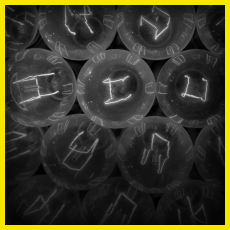OVERVIEW
Currently accounting for 14% of residential energy usage,1 much household lighting could be upgraded to reduce energy consumption while eliminating waste and without sacrificing quality. Simple bulb replacements have the potential to conserve more than 125,000 GWh of energy per year,2 equivalent to removing 10.8 million households from the grid.3 With only minor government encouragement, a 10% increase in energy efficient lighting adoption could be achieved, saving 12,000 GWh per year.4
ANALYSIS
Lighting technology has been developing rapidly over the past several decades, from traditional incandescents to high tech light emitting diodes (LED). Incandescent light bulbs run current through a thin wire causing it to glow, much like a toaster. As a result, a lot of the energy is converted to heat rather than light.5 Although very cheap to buy, these inefficient bulbs are energy hogs, at 12 lumens/watt6 and require replacement after only 1,000 hours of use.7
Compact fluorescent light bulbs (CFLs) became commercially available for homes in the 1980s. Fluorescent lighting works by using a small amount of electricity to energize a tube of mercury vapor which activates a coating on the glass tube to glow.8 CFLs are generally 5 times more efficient and last 10 times longer than traditional incandescent lightbulbs.9
LED light bulbs are more recent additions to the residential lighting market and are also the most efficient. Based on semiconductor technology, LEDs run current through diode chips to emit light.10 Already 8 times more efficient and lasting 10 times longer than incandescent lights, LED bulbs are expected to continue to improve as the technology develops.
Nevertheless, with six billion light bulbs in use in U.S. residences, a whopping 3.7 billion are incandescent, with another 2 million fluorescent.11 Despite the benefits, many residential consumers are reluctant to switch from outdated incandescent light bulbs. Reasons vary from lack of education about the benefits, to quality of light concerns, to the upfront cost.12 Additionally, there has been some controversy over bans and performance mandates, keeping the industry from developing.13
IMPLEMENTATION
To encourage residential adoption, three separate initiatives are needed to address the reasons consumers are not currently taking advantage of the available efficient lighting technologies.






